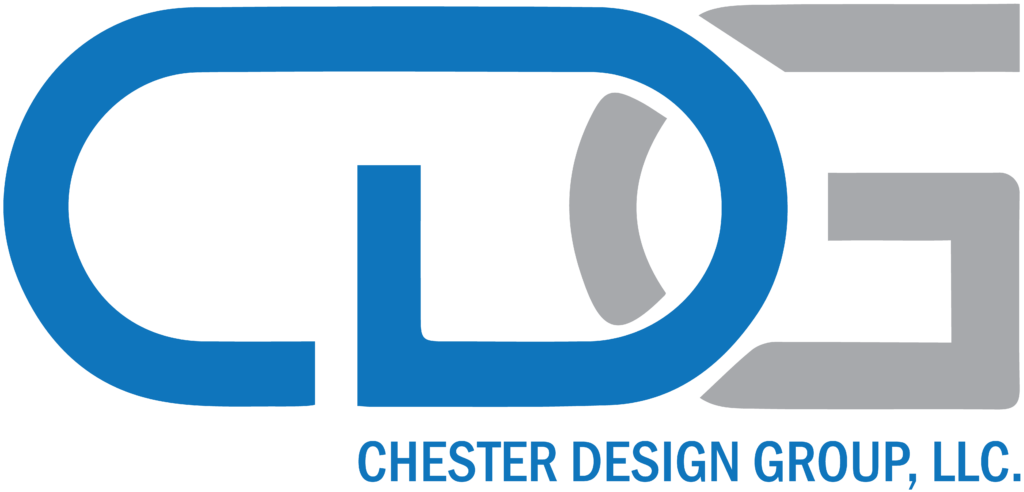Quality assurance and quality control are crucial steps to making fabulous spaces in the smooth running of construction projects. The best part of these constructions and spaces essential is that they help you build better spaces with options available.
Overall, keeping these quality construction steps in mind enables you to ensure a professional reputation and profitability.
All it matters for the individuals carrying out the construction with elegant 3D modeling and 3D design should ensure that they have knocked down the project’s quality with experts involved in it.
Naturally, most construction professionals and trade personnel are proud of their craftsmanship, but they also know things rarely happen the way they are likely opted to. Particularly on large or complicated projects. The construction industry is fickle and can’t predict some things.
A quality assurance and quality control process should be on top of the construction professionals, and no quality control task would be complete without the proper checklists. As your organization grows, it will become even more critical to have a consistent quality assurance policy, so each project is completed with quality.
Which Best Tips Help You Improve the Quality of Your Construction Projects?
1. Get The Right Workers
Research shows that skilled trade workers are challenging to look to, “with 80 percent of construction professionals reporting last year that they had difficulty hiring craft workers, and 35% said they believed it would become harder in the coming time.
“It is essential to have the most qualified players on the teams during the initial stages.” Therefore, assigning suitable profiles to the right jobs and ensuring your construction supervisors are clear on the quality expectations is closely integral.
Ensure that the entire team working on the project understands the requirement. This begins when construction workers first attend a project induction at the beginning of the project. Apart from safety, this induction should explain that poor quality won’t be the mainframe job.
2. Take Help from Technology
The ongoing research by many popular construction companies found that technology will be crucial to the construction industry’s success in the future. They identified the various segments of the construction industry when it comes to technology:
- Top 20 percent: Innovative leaders
- Middle 60 percent: Followers
- Bottom 20 percent: Behind the curve
Not to deny that many such trending construction companies, in their popular research on quality control, found the need for those adopted in the bottom 20% of adopting technology is considerably more urgent, if not existential.
Today, when talking about results, such construction firms are looking to get along with quality assurance and quality control and the motive to do something extraordinary. However, some of the common reasons we see are not matching the line the quality control and quality assurance are the challenges to getting adopted by the global companies planning for something big.
Instead, you can ease into it with a simple time-tracking solution that simplifies payroll and scheduling, for example, and gradually increases to include job management, GPS tracking, and reporting.
The most important thing is to get along with technology with valuable customer support, so you are never left hanging when you have questions or need help. The right company in this approach will understand construction needs unique from other industries.
3.Use the correct Materials
Once you’ve got your projects and understand what your customer expects, ensure you don’t go with an anonymous selection of materials. Ensure all materials are incorporated into the buildings and structures and meet the standard requirements and the project specifications within time. Make sure that you order materials of the proper specifications.
For example, confirm your famous election knows what materials to bring for the particular construction job. Then, check the material once they arrive to ensure that they are not damaged and come with the best specifications.
Always work on rejecting items that are damaged or aren’t correct and advise the supplier immediately, then mark the things clearly as being non-compliant so that they aren’t accidentally used.
4. Ensure Safety and Compliance
Apart from keeping your construction workers safe, proper safety and compliance policies prevent inadequate work or improper work on the construction project.
For instance, a tired construction worker is more likely to require a shortcut here and there – or maybe forget something entirely, so use a reliable time-tracking method to make sure they take the specified breaks and don’t do excessive overtime.
5. Check and Check Again
There is an old quote by a famous personality that reflects, “If you want something done right, do it yourself,” it can’t apply to construction managers on-site, all the time. You have got your hands full with many other construction things to do, from hassle-free paperwork to a new job requirements plan.
It has to be ensured that your construction supervisors understand what is expected. If you’re not there to examine each stage, you’ll have construction deficiencies that will need even more work in the following years.
That means it’s worth checking in now and again to make sure everything is the way it should be and counter issues that may have slipped through the cracks. Keep communication in mind, as well. Managing subs could be a significant challenge, so having proper contact and checks and balances will help.
In addition, ensure you have sent the actual needs and specifications to your sub-requirements.
For example, if your framing team sets the joists at a particular measurement, the plumbing contractor would need to understand so that they can provide the proper mounts for drains that run under the house.
But, on the other side, you would not want them to show up with the faulty materials and be forced to delay the construction project.
6. Protect Completed Work
It’s the process where the contractors’ existence is not justified. Somethings happen, and there is not everything in control.
Construction surfaces that may easily be scratched or damaged should be covered by timber, cardboard, or other materials until the work is complete. Products that arrive with plastic wrappings should be left in place until the section is ready for a makeover.
7. Avoid Scope Creep
Even some of the industry’s most prominent companies can get caught in a frenzy with scope creep. The project’s quality assurance and quality control scope matter most when your clients go with such change after change before you recognize it.
Today, it’s always best to talk with stakeholders about the area and check that everyone seems to be on the top of the services front.
It’s essential to know the client’s quality standards and specifications. These standards should usually be clearly stated within the construction document and the project specifications and estimated drawings.
Today, it’s always best to talk with stakeholders about the areas and check that everyone seems to be on the top of the services front.
Conclusion
However, good quality construction is always essential. Excellent quality building under the supervision of quality assurance and quality control is always done under the supervision of the best quality workers.
It’s where everyone should be proud of their work and proud of the work done by others on the project.
By practicing these seven steps, you’ll be well on your way to providing consistent, high-quality construction work with the help of construction professionals. So today, if you are looking for more information on quality assurance and quality control in delivering construction work seamlessly, never miss connecting Chester Design Group Website!

